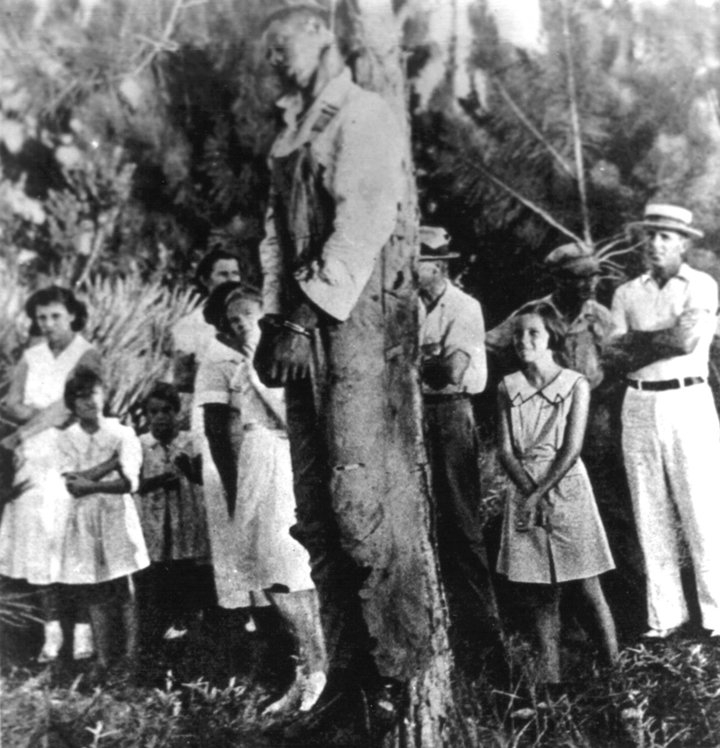US Racism’s $13 Trillion Legacy Is Just The Start
New York - Around the time the United States formally abolished slavery in 1865, African Americans owned 0.5% of the United States’ wealth. Today they own under 3%, even though around 13% of the population is defined by the U.S. census as “black or African American.” This isn’t an accident of history – it’s a result of government policies and institutional bias. The interest keeps compounding.
The value of income lost during slavery is staggering. The U.S. practice lasted for nearly 250 years – almost equivalent to the time from the signing of the Declaration of Independence in 1776 until today. University of Connecticut Professor Thomas Craemer estimates the present value of unpaid wages for just the 89 years after independence to be nearly $20 trillion using a 3% interest rate.















